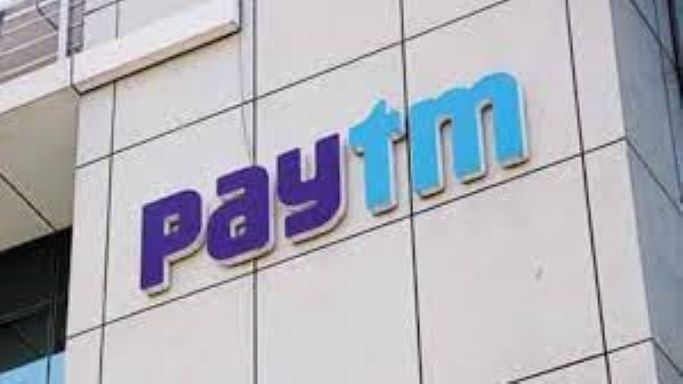Paytm, the Indian digital payments and financial services company, went public with its initial public offering (IPO) in November 2021. The IPO was one of the largest in India’s history, with the company aiming to raise over Rs. 18,000 crore (approximately $2.4 billion). However, the IPO was met with mixed reactions, with some analysts questioning whether the Paytm IPO was overpriced.
There are several factors that may suggest that the Paytm IPO was overpriced. Firstly, the company’s valuation was relatively high. Paytm was valued at over Rs. 2.3 lakh crore (approximately $31 billion) at the time of the IPO, which is a significant amount for a company that has yet to turn a profit. While Paytm’s revenue has been growing in recent years, it has also been posting losses, and it may take some time for the company to become profitable.
Secondly, Paytm’s IPO was priced at the upper end of its price band, which suggests that the company was seeking to maximize its valuation. The company had set a price band of Rs. 2,080 to Rs. 2,150 per share, but ultimately priced the shares at Rs. 2,150. While the high pricing may have helped the company raise more money, it also increases the risk for investors who may have paid too much for the stock.
Finally, there were concerns about the competitive landscape in which Paytm operates. While Paytm is a dominant player in the Indian digital payments market, it faces stiff competition from other players such as Google Pay, PhonePe, and Amazon Pay. These companies have been investing heavily in the Indian market, and it remains to be seen how much market share Paytm will be able to maintain in the long run.
On the other hand, there are also factors that suggest that the Paytm IPO was not overpriced. Firstly, the Indian digital payments market is expected to continue growing rapidly in the coming years, which could benefit Paytm. The COVID-19 pandemic has accelerated the shift towards digital payments, and this trend is likely to continue even as the pandemic recedes.
Secondly, Paytm has a strong brand in India, which could help it maintain its position as a leading digital payments provider. The company has been investing heavily in marketing and has a high level of brand recognition in the country.
Finally, the company has a diverse range of services beyond digital payments, including financial services, e-commerce, and entertainment. This diversification could help Paytm generate additional revenue streams and reduce its reliance on digital payments.
In conclusion, while there are valid arguments on both sides of the debate, it is ultimately difficult to say whether the Paytm IPO was overpriced or not. The high valuation and pricing may have deterred some investors, but there are also factors that suggest that the company has a strong position in the Indian market and could benefit from the continued growth of digital payments. As with any investment, it is important for investors to carefully evaluate the risks and potential returns before making a decision.
Also Read


1 thought on “WHETHER THE PAYTM IPO WAS OVERPRICED?”